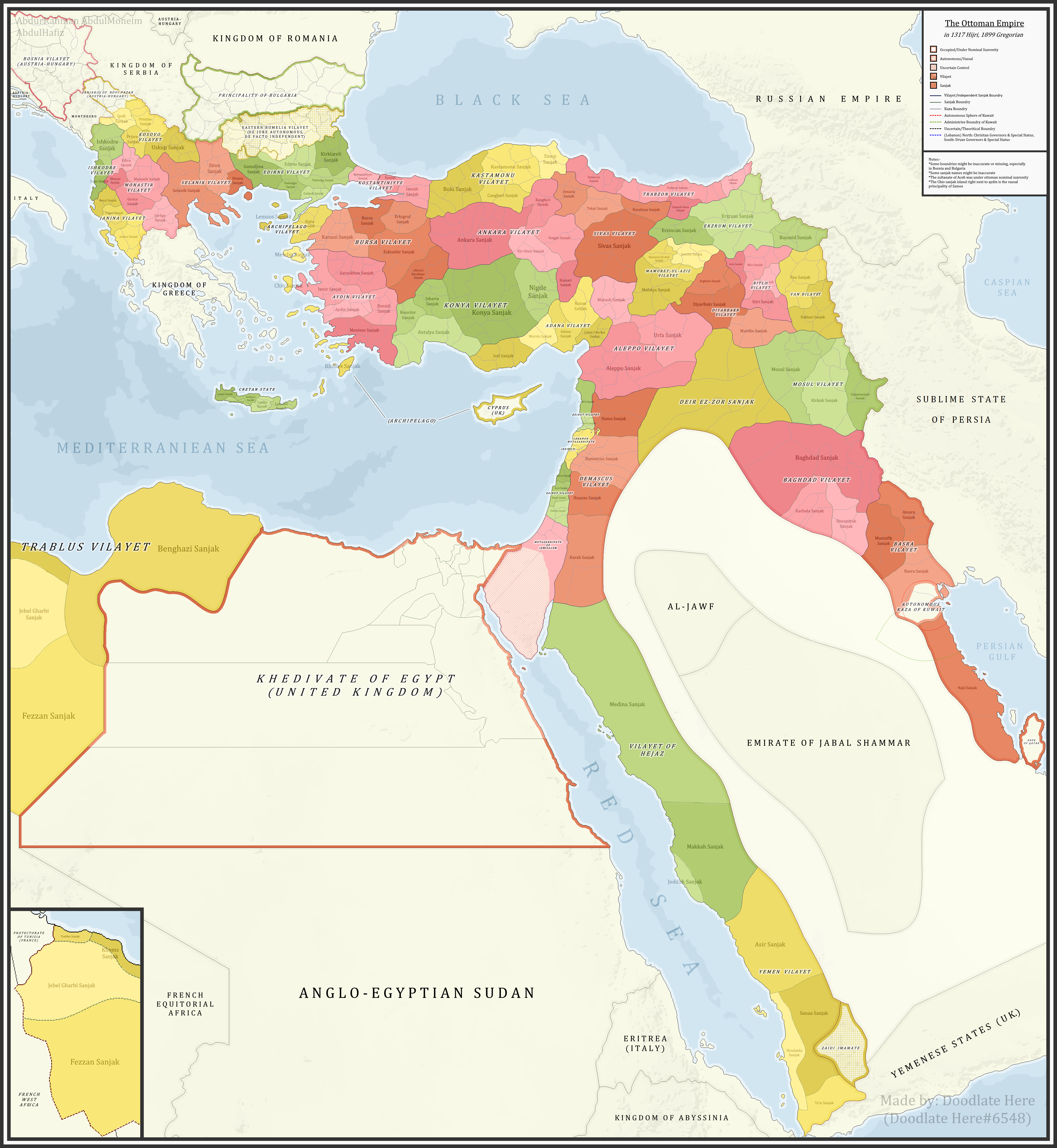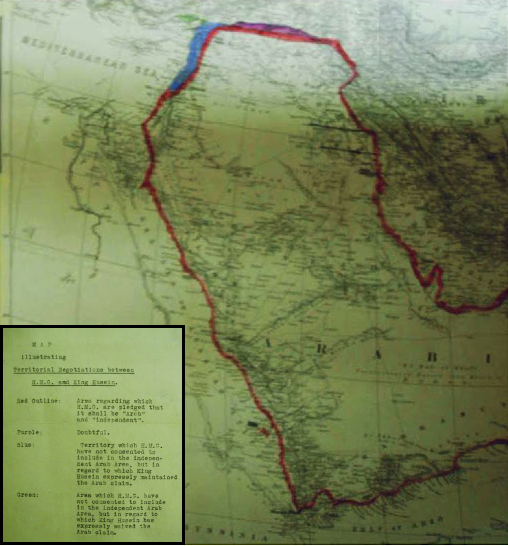|
Al-Khisas
Al-Khisas (), also known as Khisas or Khissas, was a Palestinian Arab village in the Safad Subdistrict in Mandatory Palestine. It was located northeast of Safed on a natural terrace about wide that formed when Lake al-Hula receded. To the west of the village was a valley known as Wadi al-Hasibani through which ran the Hasbani River.Khalidi, 1992, p. 465 During the 1948 Palestine war, and as part of the Nakba, the village was attacked by the Palmach in a punitive raid and 10-15 of its residents were massacred. The village was subsequently depopulated and destroyed by Israeli forces. Today the Israeli kibbutz of HaGoshrim exists on the villages former lands. History The Arab geographer Yaqut al-Hamawi described al-Khisas as falling within the administrative jurisdiction of Banias in Syria. Ottoman era Evidence of the long history of habitation in the village includes the nearby shrine of a local sage known as al-Shaykh 'Ali and the presence of rock-hewn tombs. Under th ... [...More Info...] [...Related Items...] OR: [Wikipedia] [Google] [Baidu] |
Al-Khisas Raid
The al-Khisas raid, also known as the al-Khisas massacre, was an attack on the Palestinian village of al-Khisas carried out by the Palmach on December 18, 1947, during the 1948 Palestine war. 10-15 Palestinian villagers were killed in the attack, including 5 children. Background The attack took place during the civil war phase of the 1948 Palestine war and was conducted as a reprisal for the killing of a Jewish man near Al-Khisas. Local Palmach commanders decided to launch a retaliatory attack on the village, arguing that "if there was no reaction to the murder, the Arabs would interpret this as a sign of weakness and an invitation to further attacks". The Haganah High Command approved the action on condition that the attack be directed against "men only and they should burn nlya few houses". The attack The massacre was carried out by the Palmach's 3rd Battalion, which later became part of the Yiftach Brigade. According to Haim Levenberg: One unit attacked with hand-grenades ... [...More Info...] [...Related Items...] OR: [Wikipedia] [Google] [Baidu] |
List Of Towns And Villages Depopulated During The 1947–1949 Palestine War
:Depopulated Palestinian locations in Israel, Clickable map of the depopulated locations During the 1947–1949 Palestine war, or the Nakba, around 400 Palestinians, Palestinian Arab towns and villages were forced displacement, forcibly depopulated, with a majority being destroyed and left uninhabitable. Today these locations are all in Israel; many of the locations were repopulated by aliyah, Jewish immigrants, with their Hebraization of Palestinian place names, place names replaced with Hebrew place names. Arabs remained in small numbers in some of the cities (Haifa, Jaffa and Acre, Israel, Acre); and Jerusalem was divided between Jordan and Israel. Around 30,000 Palestinians remained in Jerusalem in what became the Arab part of it (East Jerusalem). In addition, some 30,000 non-Jewish refugees relocated to East Jerusalem, while 5,000 Jewish refugees moved from the Old City of Jerusalem, Old City to West Jerusalem on the Israeli side. An overwhelming number of the Arab resid ... [...More Info...] [...Related Items...] OR: [Wikipedia] [Google] [Baidu] |
Palmach
The Palmach (Hebrew: , acronym for , ''Plugot Maḥatz'', "Strike Phalanges/Companies") was the elite combined strike forces and sayeret unit of the Haganah, the paramilitary organization of the Yishuv (Jewish community) during the period of the British Mandate for Palestine. The Palmach was established in May 1941. By the outbreak of the 1948 Arab–Israeli War, it consisted of over 2,000 men and women in three fighting brigades and auxiliary aerial, naval and intelligence units. With the creation of Israel's army, the three Palmach Brigades were disbanded. This and political reasons compelled many of the senior Palmach officers to resign in 1950. The Palmach contributed significantly to Israeli culture and ethos, well beyond its military contribution. Its members formed the backbone of the Israel Defense Forces high command for many years, and were prominent in Israeli politics, literature and culture. Background The Palmach was established by the Haganah High Command in ... [...More Info...] [...Related Items...] OR: [Wikipedia] [Google] [Baidu] |
Safad Subdistrict, Mandatory Palestine
The Safad Subdistrict (; ) was one of the subdistricts of Mandatory Palestine before it was captured by Israel in 1948. It was located around the city of Safad. After the 1948 Arab-Israeli War, the subdistrict, which fell entirely within modern-day Israel, became the modern-day Safed Subdistrict in the Northern District (Israel). Borders * Acre Subdistrict (South West) * Tiberias Subdistrict (South) * Lebanon (North) * Syria (East) Depopulated towns and villages (current localities in parentheses) * Abil al-Qamh ( Yuval) * al-'Abisiyya * 'Akbara * Alma (Alma) * Ammuqa ('Ammuqa) * Arab al-Shamalina ( Almaghor) * Arab al-Zubayd * Baysamun * Biriyya ( Birya) * al-Butayha ( Almagor) * al-Buwayziyya * Dallata ( Dalton) * al-Dawwara ( 'Ammir, Sde Nehemia) * Dayshum (Dishon) * al-Dirbashiyya * al-Dirdara * Ein al-Zeitun * Fara * Farradiyya ( Parod, Shefer) * Fir'im ( Hatzor HaGlilit) * Ghabbatiyya * Ghuraba * al-Hamra' * Harrawi * Hunin ( Margaliot) * ... [...More Info...] [...Related Items...] OR: [Wikipedia] [Google] [Baidu] |
HaGoshrim
HaGoshrim (, ) is a kibbutz in the Galilee Panhandle in northern Israel, 5 km (3 miles) east of Kiryat Shmona. The kibbutz is adjacent to the Hurshat Tal National Park and bisected by tributaries of the Jordan River, the Snir (Hatsbani), Koren, itself a tributary of the Dan and Tal. In it had a population of . History Kibbutz HaGoshrim was founded in 1948 mostly by Jewish immigrants from Turkey. The kibbutz was established partly on the lands of the former Palestinian village of al-Khisas, which was depopulated and destroyed during the 1948 Palestine war The 1948 Palestine war was fought in the territory of what had been, at the start of the war, British-ruled Mandatory Palestine. During the war, the British withdrew from Palestine, Zionist forces conquered territory and established the Stat .... The kibbutz opened a hotel in the manor house of Emir Faour, chief of the al-Fadel tribe, for whom the villagers worked as tenant farmers. Economy The chief economic ... [...More Info...] [...Related Items...] OR: [Wikipedia] [Google] [Baidu] |
Vilayet Of Beirut
The Vilayet of Beirut (; ) was a first-level administrative division (vilayet) of the Ottoman Empire. It was established from the coastal areas of the Syria Vilayet in 1888 as a recognition of the new-found importance of its then-booming capital, Beirut, which had experienced remarkable growth in the previous years — by 1907, Beirut handled 11 percent of the Ottoman Empire's international trade. By Gábor Ágoston, Bruce Alan Masters It stretched from just north of Jaffa to the port city of Latakia. It was bounded by the Syria Vilayet to the east, the Aleppo Vilayet to the north, the autonomous Mutasarrifate of Jerusalem to the south and the Mediterranean Sea to the west. At the beginning of the 20th century, it reportedly had an area of , while the preliminary results of the first Ottoman census of 1885 (published in 1908) gave the population as 533,500. [...More Info...] [...Related Items...] OR: [Wikipedia] [Google] [Baidu] |
Sanjak
A sanjak or sancak (, , "flag, banner") was an administrative division of the Ottoman Empire. The Ottomans also sometimes called the sanjak a liva (, ) from the name's calque in Arabic and Persian. Banners were a common organization of nomadic groups on the Eurasian Steppe including the early Turks, Mongols, and Manchus and were used as the name for the initial first-level territorial divisions at the formation of the Ottoman Empire. Upon the empire's expansion and the establishment of eyalets as larger provinces, sanjaks were used as the second-level administrative divisions. They continued in this purpose after the eyalets were replaced by vilayets during the Tanzimat reforms of the 19th century. Sanjaks were typically headed by a bey or sanjakbey. The Tanzimat reforms initially placed some sanjaks under kaymakams and others under mutasarrifs; a sanjak under a mutasarrif was known as a mutasarriflik. The districts of each sanjak were known as kazas. These were ini ... [...More Info...] [...Related Items...] OR: [Wikipedia] [Google] [Baidu] |
Sidon
Sidon ( ) or better known as Saida ( ; ) is the third-largest city in Lebanon. It is located on the Mediterranean Sea, Mediterranean coast in the South Governorate, Lebanon, South Governorate, of which it is the capital. Tyre, Lebanon, Tyre, to the south, and the Lebanese capital of Beirut, to the north, are both about away. Sidon has a population of about 80,000 within the city limits, while its metropolitan area has more than a quarter-million inhabitants. Etymology The Phoenician language, Phoenician name (, ) probably meant "fishery" or "fishing town". It is mentioned in Papyrus Anastasi I as ''ḏjdwnꜣ''. It appears in Biblical Hebrew as () and in Classical Syriac, Syriac as (). This was hellenization, Hellenised as (), which was latinization of names, Latinised as and entered English in this form. The name appears in Classical Arabic as () and in Modern Standard Arabic, Modern Arabic as (). As a Colonia (Roman), Roman colony, it was notionally refounded and ... [...More Info...] [...Related Items...] OR: [Wikipedia] [Google] [Baidu] |
Sea Of Galilee
The Sea of Galilee (, Judeo-Aramaic languages, Judeo-Aramaic: יַמּא דטבריא, גִּנֵּיסַר, ), also called Lake Tiberias, Genezareth Lake or Kinneret, is a freshwater lake in Israel. It is the lowest freshwater lake on Earth and the second-lowest lake in the world (after the Dead Sea, a salt lake), with its elevation fluctuating between below sea level (depending on rainfall). It is approximately in circumference, about long, and wide. Its area is at its fullest, and its maximum depth is approximately .Data Summary: Lake Kinneret (Sea of Galilee) The lake is fed partly by underground springs, but its main source is the Jordan River, which flows through it from north to south with the outflow controlled by the Degania Dam. |
Sykes–Picot Agreement
The Sykes–Picot Agreement () was a 1916 secret treaty between the United Kingdom and France, with assent from Russia and Italy, to define their mutually agreed spheres of influence and control in an eventual partition of the Ottoman Empire. The agreement was based on the premise that the Triple Entente would achieve success in defeating the Ottoman Empire during World War I and formed part of a series of secret agreements contemplating its partition. The primary negotiations leading to the agreement took place between 23 November 1915 and 3 January 1916, on which date the British and French diplomats, Mark Sykes and François Georges-Picot, initialled an agreed memorandum. The agreement was ratified by their respective governments on 9 and 16 May 1916. The agreement effectively divided the Ottoman provinces outside the Arabian Peninsula into areas of British and French control and influence. The British- and French-controlled countries were divided by the Sykes–Picot line ... [...More Info...] [...Related Items...] OR: [Wikipedia] [Google] [Baidu] |
Syria
Syria, officially the Syrian Arab Republic, is a country in West Asia located in the Eastern Mediterranean and the Levant. It borders the Mediterranean Sea to the west, Turkey to Syria–Turkey border, the north, Iraq to Iraq–Syria border, the east and southeast, Jordan to Jordan–Syria border, the south, and Israel and Lebanon to Lebanon–Syria border, the southwest. It is a republic under Syrian transitional government, a transitional government and comprises Governorates of Syria, 14 governorates. Damascus is the capital and largest city. With a population of 25 million across an area of , it is the List of countries and dependencies by population, 57th-most populous and List of countries and dependencies by area, 87th-largest country. The name "Syria" historically referred to a Syria (region), wider region. The modern state encompasses the sites of several ancient kingdoms and empires, including the Eblan civilization. Damascus was the seat of the Umayyad Caliphate and ... [...More Info...] [...Related Items...] OR: [Wikipedia] [Google] [Baidu] |




